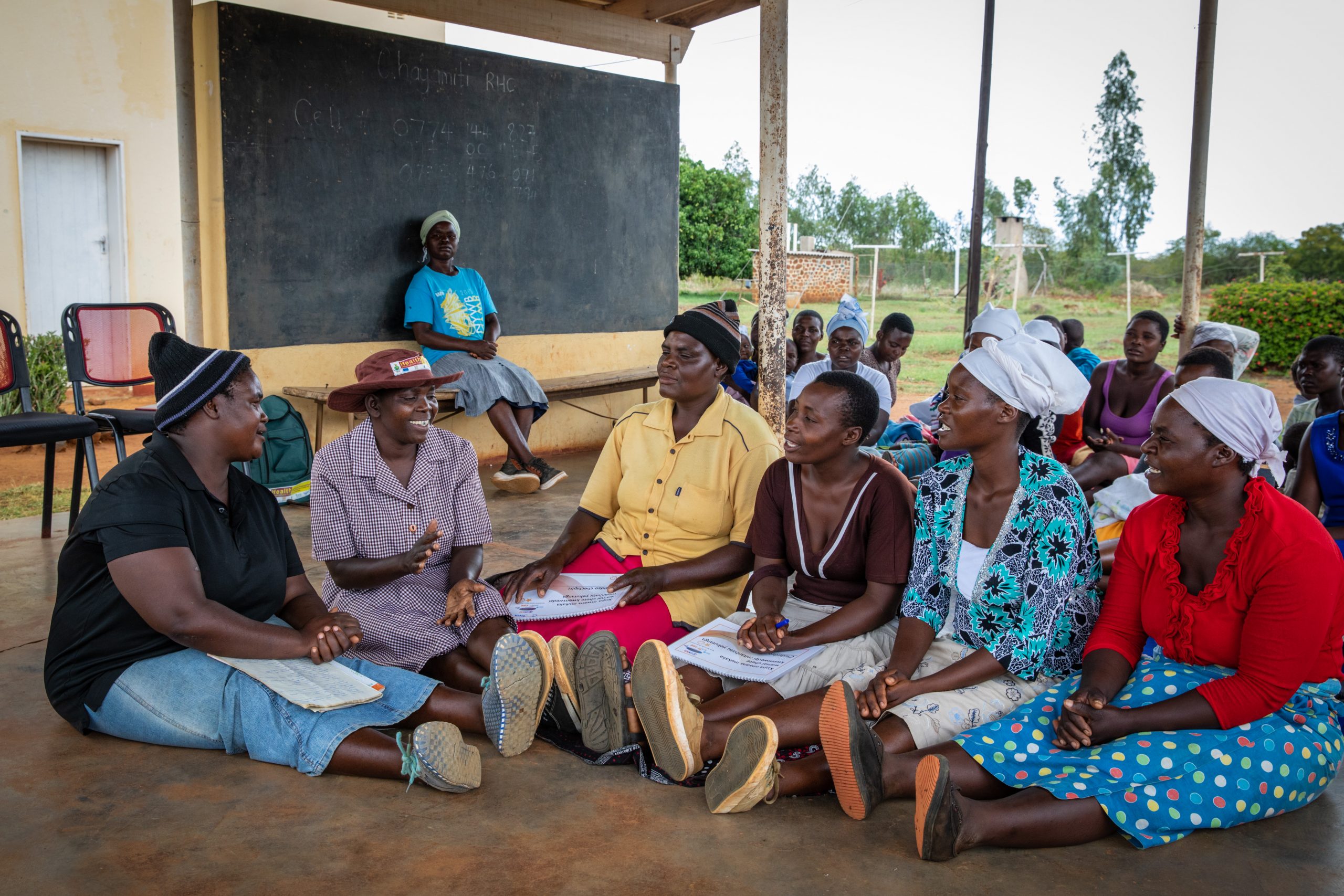By Sera Bulbul, The Hunger Project and the Movement for Community-led Development
Featured Image Credit: World Vision
On my first day at The Hunger Project (THP) I learned about the idea of self-reliance. Learning more about this term led to a personal reckoning with my previous conceptions of international development. Self-reliance means changing the script of international development from a process of interdependence to one that is locally-driven. This pillar of THP is linked to the idea of Capacity Development within community-led development.
Let me start by explaining what I have learned that capacity development is not. Capacity Development is not teaching local communities new skills. The communities that international development supports have autonomy. They have skills, they have knowledge, and they have resources. Capacity development starts with mobilizing those already existing resources.
Early in my time with The Hunger Project, I attended a webinar hosted by the International Peace Institute on Governance that Centers Communities. An analogy that Libby Hoffman (President of Catalyst for Peace) described became a sort of “aha” moment for me, fundamentally highlighting the importance of community-led development and the flaws in international development otherwise. Hoffman likened the way in which Non-Governmental Organizations (NGOs) approach communities with their resources to filling a cracked bowl with water. Within this analogy, communities are the cracked bowls that NGOs are trying to fill, and the water spills out. Hoffman’s analogy led me to ponder what it takes to fill the cracks of said bowl, and the research that I have been exposed to in the Movement for Community-led Development’s (MCLD) collaborative team has helped me find the answer.
When programs focus on Capacity Development, they are not giving local community members new tools. Capacity Development is grounded on the belief that communities already have the tools that they need. With this in mind, I have learned to conceptualize humanitarian aid and NGO programs as change enablers, not change makers.
Capacity Development challenges the categorization of “wealthy” and “poor” countries. In my understanding, essential to Capacity Development are three ideas: ownership, partnership, and accountability. Ownership is vital because social solidarity can’t be inorganically built. Partnerships rely on mutual accountability, where community members are at the heart of decision-making processes and their demands lie central to programming. Accountability, as we learned on Day 3, is central in mutual partnerships, which I believe international development should engage.
Capacity Development is a characteristic and a process of development that requires rethinking. It is something to strongly consider as programs rethink their processes. It is a vital part of community-led development as we conceptualize it within the Movement for Community-led Development. Changing the language around international development is essential, and we are starting to do so.
We have selected to present the 11 characteristics of community-led development on 11 different days. Yet, their separation throughout this campaign does not aptly convey their interconnectedness. Capacity Development is tied to voice, for without valuing the voices of every community member and understanding that they offer distinct knowledge and experiences, the partnership within an international development project will be weakened. In the same vein, Capacity Development is tied to Participation and Inclusion, and to Accountability. It is fundamentally hinged to the idea that communities offer assets, and have the capacity to be the agents of their own transformation.
These 11 Days offer a unique opportunity to be touched by the stories and accomplishments of our partners and peers around the world. In my experience so far, they have also provided food for thought on how the sector can be further pushed in the direction of equal partnership – and it is only the fifth day. There are so many more “aha” moments to come.


